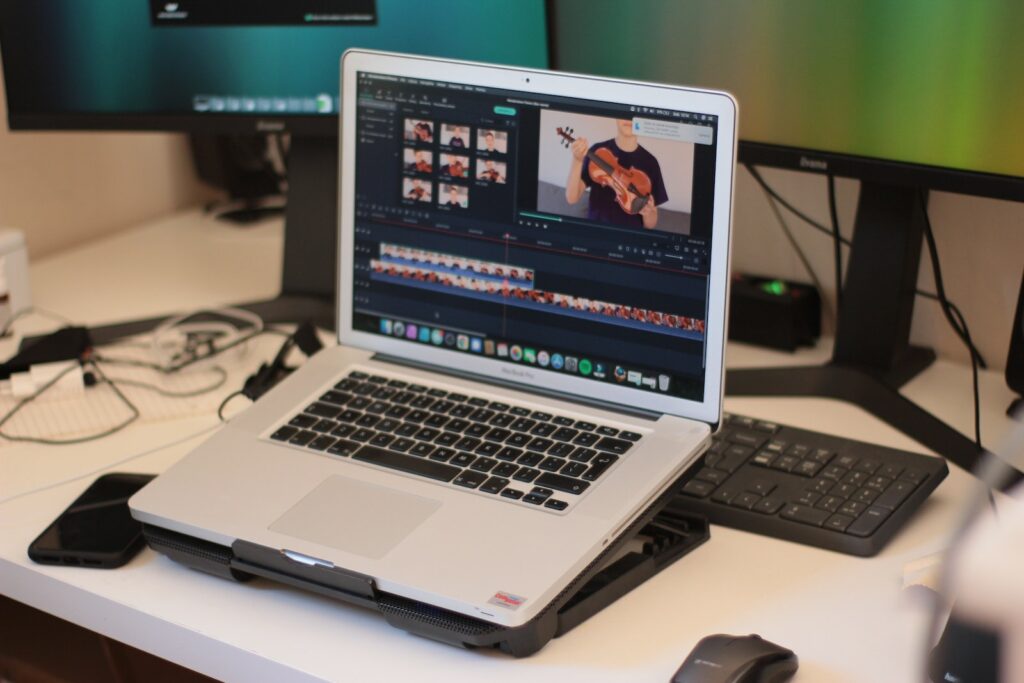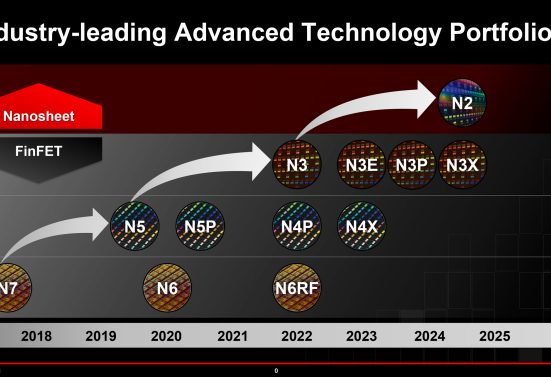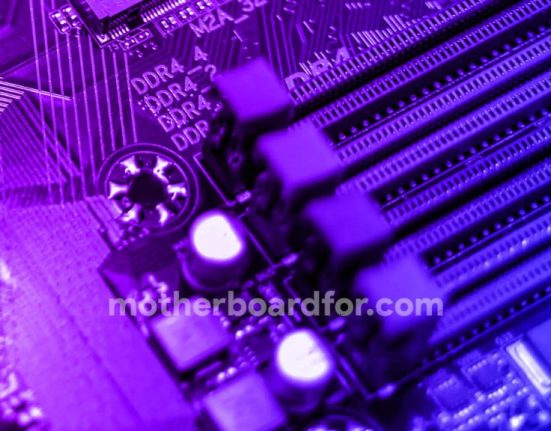A Hackintosh is a computer that runs macOS on non-Apple hardware. Building a Hackintosh can be a great way to get the power and features of a Mac at a lower cost, but it can also be a bit complicated.
In this guide, we will focus on creating a Low-power Hackintosh which can operate 24 hours a day, 7 days a week and connect through VNCBy following this guide, you will be able to build a stable and efficient Hackintosh that consumes minimal power and delivers optimal performance.
Step 1: Gather the necessary components
Before you start building your Hackintosh, you will need to gather the necessary components. The components we used for this build are:
- MSI H310M-PRO VDH Plus motherboard (See top) Hackintosh Motherboards)
- 16 GB DDR4 3200 Mhz to 2666 Mhz, 2×8 GB Patriot Modules
- Core i5 8400T Processor
- Stock cooler 10/11th generation copper based
- Sirtec 450W Power Supply – High Power Eco II
- 1 512GB nVMe Intenso SSD (Ventura) + 1 120GB WD Green SATA SSD (Monterey)
- Axagon PCIe adapter for SATA and nVMe SSDs.
- See the full Reddit thread here.
It's important to note that the components we used for this build may not be the best for your specific needs, but they are a good starting point.
Step 2: Install macOS

The next step is to install macOS on your Hackintosh. This can be a bit tricky, but there are many guides and tutorials available online to help you through the process.
The key is to follow the instructions carefully and make sure you have all the necessary tools and software.
Step 3: Configure the BIOS
After you have installed macOS, you will need to configure the BIOS. This is a crucial step as it will help ensure that your Hackintosh runs smoothly and efficiently. You will need to make sure that you have the correct settings for your specific hardware.
Step 4: Adjust settings for energy efficiency
In this build, we added igfxonln=1 to the boot arguments because the screen would not wake up from standby. This is a common problem with the Coffee Lake UHD 630.
To ensure that your Hackintosh consumes minimal power, you should adjust the settings to match your specific hardware.
This may include adjusting power settings, disabling unnecessary services, and performing other optimizations.
Step 5: Measure energy consumption
Finally, you'll need to measure power consumption. In this build, we're using a TP-Link HS110 to measure energy consumption when the machine was idle and running Cinebench R23. This will help you identify areas where you can make further optimizations.
Building a low-power Hackintosh can be a bit tricky, but if you follow this guide, you should be able to create a stable and efficient machine.
Remember to adjust energy efficiency settings and measure energy consumption to identify areas for optimization.
Please note that the components used in this guide It may not be the best for your specific needsBut with a little research, you'll be able to find the components that will work best for you.













Leave feedback about this